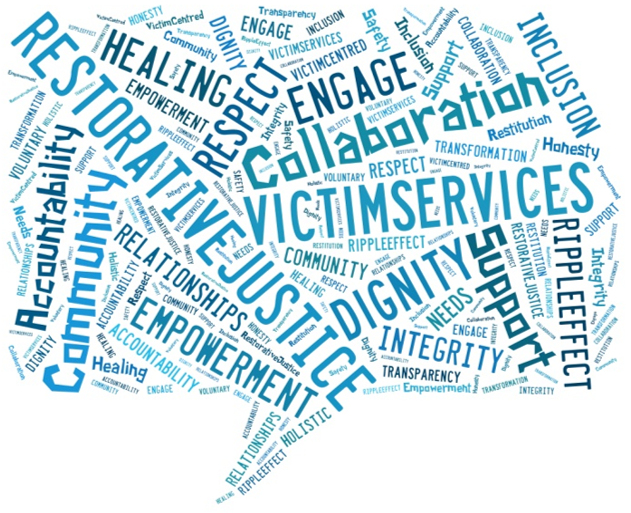1. What are the intended learning outcomes of the course? Do the learning outcomes reflect high-level cognitive skills or low-level skills?
The learning outcomes for my course (Psychology of Resilience) are:
After you have completed the work in this course, you should be able to:
a. Define “resilience” as it relates to psychology.
b. Describe protective and risk factors at the levels of the individual, the family, and the community.
c. Explain how individual, family, and community protective factors can increase resilience (i.e., act as buffers) in at-risk individuals and populations.
d. Describe some of the practical applications or interventions suggested by the research on human resilience.
e. Critically assess research studies on human resilience to identify and discuss the findings and the limitations of the research as well as areas where future research is needed.
I believe learning outcome “e” is reflective of high-level cognitive skills – asking students to critically assess the material and to reflect on and hypothesize about ideas for future research requires the use of relational thinking that can be applied to different situations.
That being said, I believe that learning outcomes “a – d” are more reflective of surface level understanding. This is the higher, multistructural level, but surface nonetheless. Having students describe and explain is good because it leads to students identifying more than one relevant aspect of an idea, but it does not necessarily generate understanding or an ability to create a coherent relational model of these ideas (as depicted in the SOLO model).
2 & 3. How is student learning assessed in the course? In what ways are the intended learning outcomes and the assessments aligned or not?
Students are required to submit 4 assignments, post a series of web-based discussions, and complete a final project exam. Each of the 4 assignments is divided into sections.
Part A asks questions with a pre-formed correct answer (e.g., defining and describing terms and suggestions made by the authors of the papers assigned as course material). Although it’s important for students to understand the key concepts of the course, this is reflective of surface learning. However, it does relate to the learning outcomes, specifically outcomes “a – d.” In addition, there are a number of questions in each Part A that asks students to apply concepts on a broader scale than what they’ve read in the assigned readings. For instance, having them imagine a certain scenario and then asking them which concept (e.g., “x, y, or z”) would apply and why, and asking them to make links to other concepts. This is reflective of learning outcome “e” (i.e., deep learning) because it asks them to reflect on aspects of a number of concepts and hypothesize/theorize about the application of these concepts to a new domain.
Part B of each assignment, well as the Final project is essay-format. These essays are most reflective of learning outcome “e” (i.e., deep learning) because they ask students to connect concepts/topics, to reflect on them with by suggesting their own ideas, and to critically analyze statements that are made.
The web-based discussions, seem to me, to be reflective of learning outcome “e” (i.e., deep learning) because students are asked to connect their ideas to those posted by other students – to reflect their own thoughts, to critically analyze what others have posted, and to make connections and new suggestions based on the relationship between concepts posted.
4. Re-word some of the learning outcomes to reflect deeper learning:
“After you have completed the work in this course, you should be able to: Define “resilience” as it relates to psychology.”
Re-wording: “After you have completed the work in this course, you should be able to: Have an integrated understanding of resilience and be able to critically analyze its application to various topics within psychology.”
“After you have completed the work in this course, you should be able to: Describe some of the practical applications or interventions suggested by the research on human resilience.”
Re-wording: “After you have completed the work in this course, you should be able to: Compare and contrast some of the practical applications or interventions suggested by the research on human resilience as well as generate your own ideas for interventions that would be worthy of research.”


